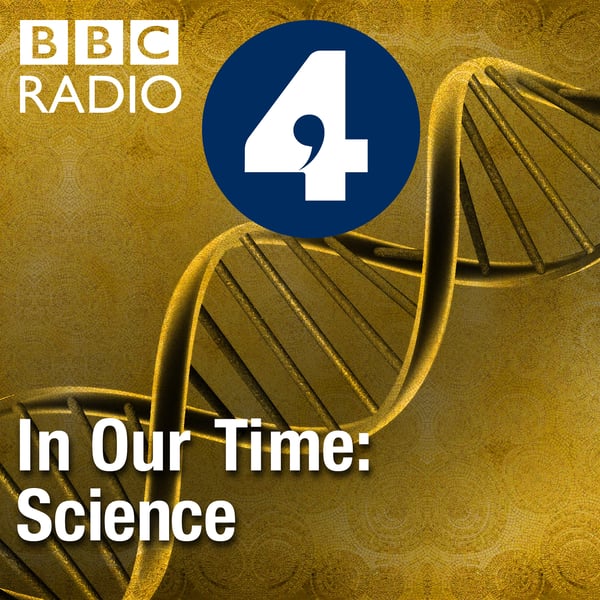The Paleocene-Eocene Thermal Maximum
In Our Time: Science
BBC
4.5 • 1.4K Ratings
🗓️ 16 March 2017
⏱️ 50 minutes
🧾️ Download transcript
Summary
Transcript
Click on a timestamp to play from that location
| 0:00.0 | Once you've wrapped up this podcast, how about trying a very British cult? |
| 0:06.0 | What happens if the person you trust with your future isn't what you think they are? |
| 0:10.0 | I did feel the whole time he was watching me Yeti. |
| 0:14.0 | I saw a footprint and that really gave me goosebumps. |
| 0:16.0 | Or people who knew me. |
| 0:18.0 | Emmy, I remember every secret, every lie. |
| 0:21.0 | I'm the only one who knows the truth. |
| 0:23.0 | Discover more of our biggest podcast from 2003. |
| 0:27.0 | Listen on BBC Sounds. |
| 0:30.0 | This is the BBC. |
| 0:32.0 | Thanks for downloading this episode of In Our Time. |
| 0:35.0 | There's a reading list to go with it on our website and you can get news about our programs if you follow us on Twitter at BBC in our time. |
| 0:42.0 | I hope you enjoy the programs. Twitter at record, reaching temperatures much higher than they are today. |
| 0:54.0 | That event is known as the Paleocene-Eocene thermal maximum, |
| 0:57.0 | and with the result it's thought a vast volumes of carbon dioxide being released into the atmosphere |
| 1:02.0 | over a few hundred years |
| 1:03.8 | along with methane another greenhouse gas the Arctic and Antarctic became |
| 1:08.2 | subtropical with crocodiles where there's no ice some life life forms went extinct, others adjusted in the warmer |
| 1:14.9 | acidic oceans before the Earth cooled a hundred thousand years later. With me to |
| 1:19.0 | discuss the Paleocene thermal maximum are Dame Francis, Professor of Paleoclimatology |
| 1:25.1 | at the British Antarctic Survey. |
| 1:27.2 | Mark Maslin, Professor of Paleoclimatology |
... |
Please login to see the full transcript.
Disclaimer: The podcast and artwork embedded on this page are from BBC, and are the property of its owner and not affiliated with or endorsed by Tapesearch.
Generated transcripts are the property of BBC and are distributed freely under the Fair Use doctrine. Transcripts generated by Tapesearch are not guaranteed to be accurate.
Copyright © Tapesearch 2025.

